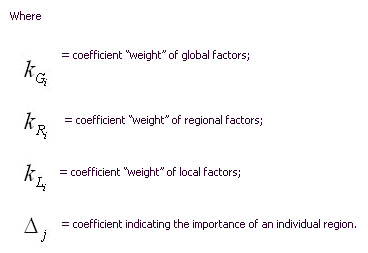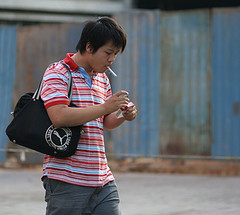
“Somebody I know went to Mexico and all I got was this lousy swine flu!” So goes a crass joke gracing some new t-shirt designs.
But Mexicans aren’t laughing. As these tourist t-shirts illustrate, the country isn’t just battling the physical effects of swine flu but the psychological ones as well.
While the H1N1 virus appears to have originated in either the US or Mexico, most attention has focused south of the US border where more illnesses and deaths have been reported. Some in the US have even taken to calling the virus “the Mexican flu,” using it as an excuse to stoke anti-immigrant fervor.
And the humiliation hasn’t stopped there. Discrimination has spread across the globe as quickly as the virus itself. In Paris, airport employees have refused to touch luggage coming off Mexican planes, while in China, authorities have forced healthy Mexican travelers into quarantine, delivering food to their hotels like they were hostages under siege.
With such negative attention focused on his country, Mexican President Felipe Calderon lashed out on Sunday against those “acting out of ignorance and disinformation” and implementing “discriminatory measures.”
While abhorrent, the stigma stinging Mexicans is no surprise. This kind of scapegoating is an unfortunate – but not unexpected – element of infectious disease epidemics that is often used to stoke pre-existing prejudices, according to experts.
“It’s fear of people we do not know or who look different,” said Dr. Howard Markel, a medical historian at the University of Michigan and author of When Germs Travel: Six Major Epidemics That Have Invaded America Since 1900 and the Fears They Have Unleashed. “You take the fear of the unknown that already exists and then combine that with a real or perceived threat that is contagious disease, and it’s explosive.”
While the swine flu threat is proving to be more perceived than real, how will fear-mongering manifest the inevitable next time around – especially when we’re facing down something more insidious than the flu?
Screenshot: Zazzle.com






